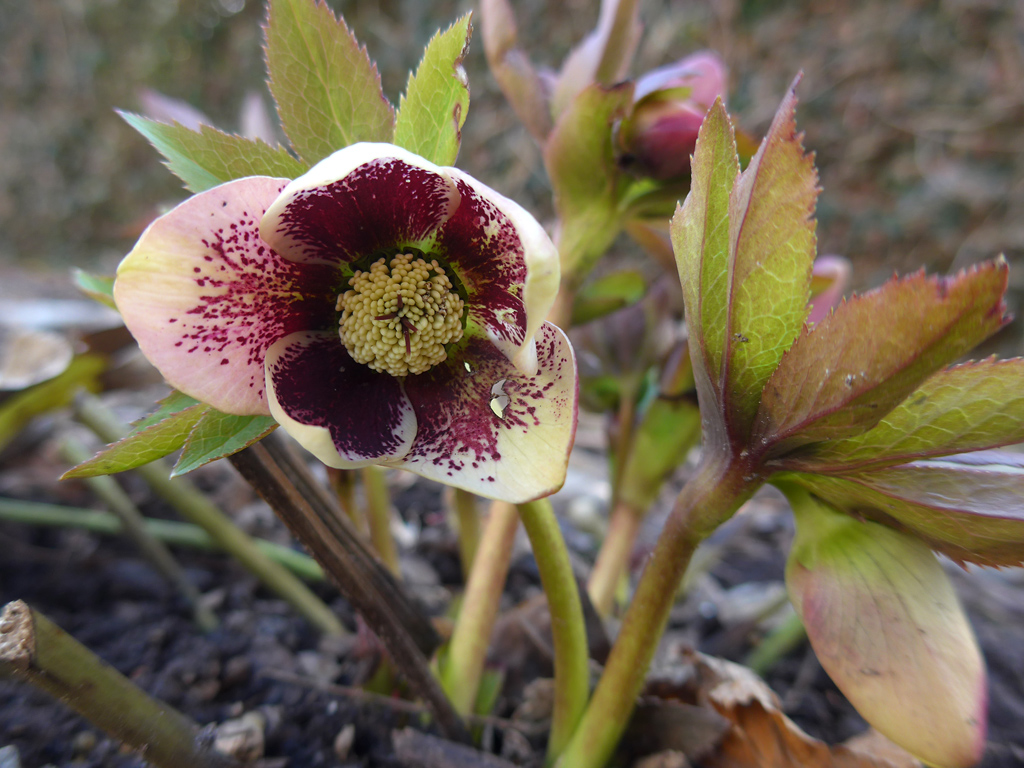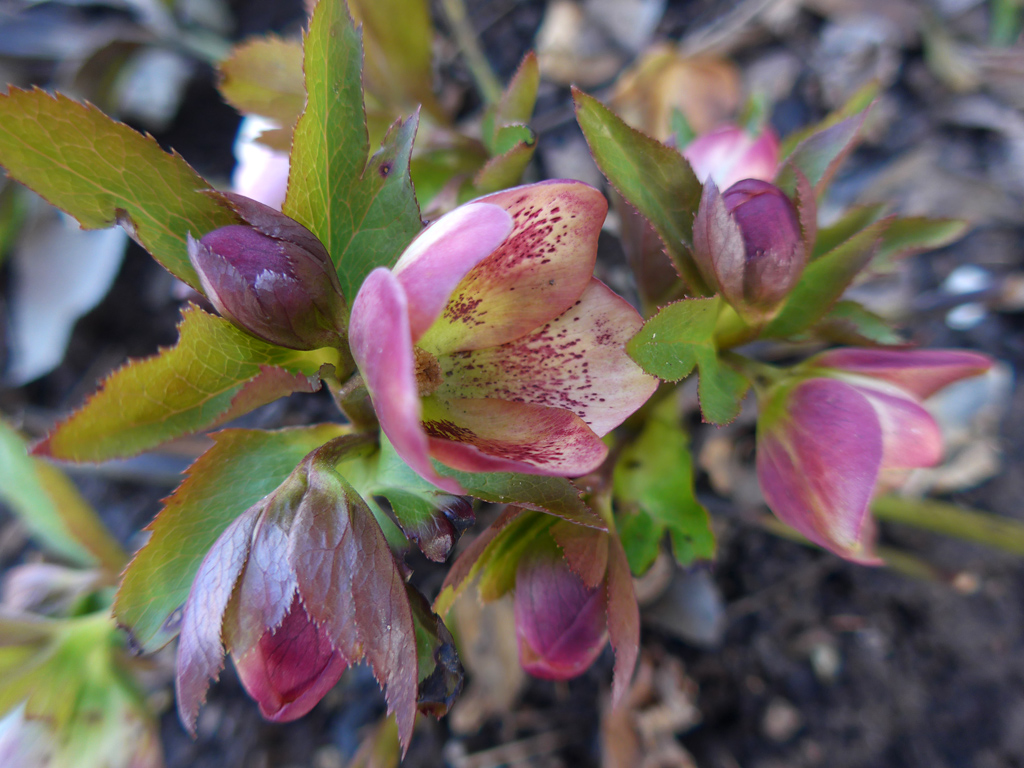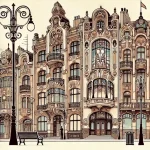Lenten Rose Hellebore in Art Nouveau

The Lenten Rose, scientifically known as Helleborus orientalis, is a striking perennial plant that holds a unique place in both horticulture and artistic expression. Renowned for its early spring blooms, the Hellebore often emerges while winter still clings to the landscape, bravely pushing through frost-covered soil and lingering snow. Its nodding, cup-shaped flowers and deep, leathery foliage present a quiet yet powerful symbol of endurance, renewal, and understated elegance.
Unlike the showy bursts of color that arrive later in the season, the Hellebore offers a more muted, contemplative beauty. Its palette includes subtle pinks, dusky mauves, creamy whites, and moody greens and purples, making it a natural complement to the subdued and organic aesthetic of the Art Nouveau movement. In regions with milder winters, the plant’s previous year's foliage may persist through the cold months, creating a layered effect of aged and fresh growth that enhances its visual and symbolic complexity.

Thriving in shady, woodland garden environments, the Hellebore’s preference for shadowy corners and dappled light resonates with the dreamy, sometimes melancholic tone found in many Art Nouveau works. This artistic style, which flourished at the turn of the 20th century, celebrated natural forms, flowing lines, and the intricate details of the botanical world. Artists and designers of the period often sought inspiration from nature’s subtleties, and the Hellebore—with its elegant structure, intricate veining, and timeless form—offered a perfect muse.
Whether rendered in stained glass, wallpaper designs, jewelry, or illustration, the Lenten Rose fit seamlessly into the Art Nouveau vocabulary. Its combination of strength and fragility, its affinity for shade, and its quiet allure captured the movement's celebration of organic beauty and emotional depth.
